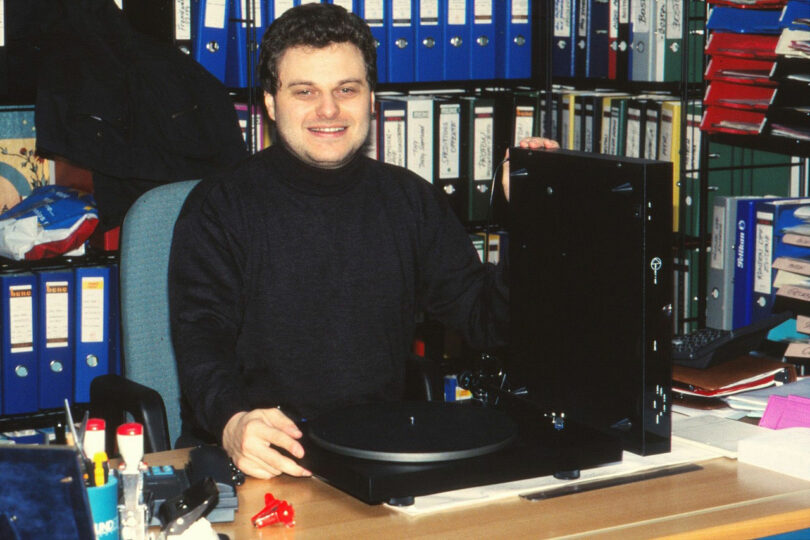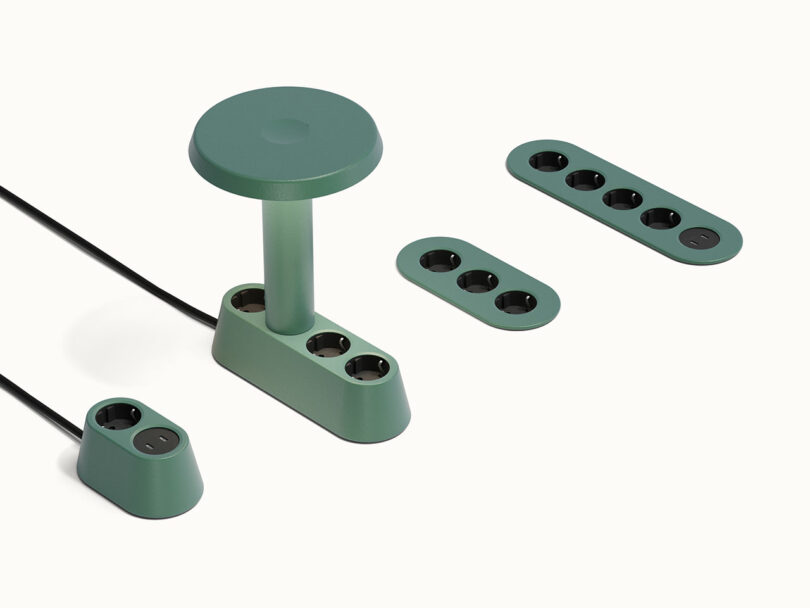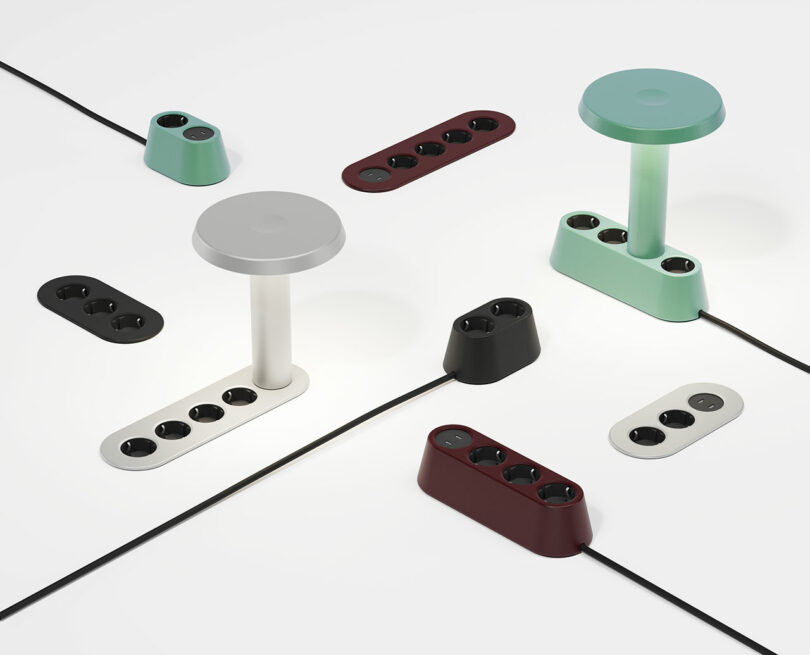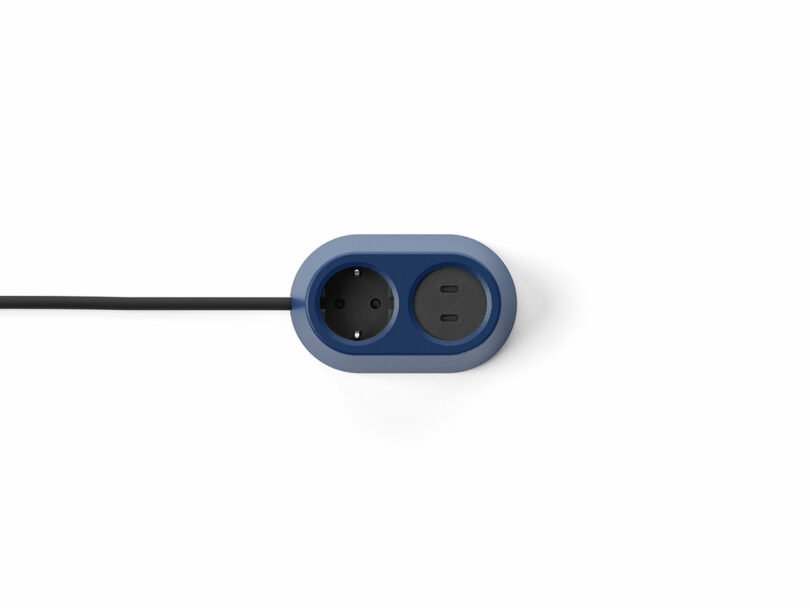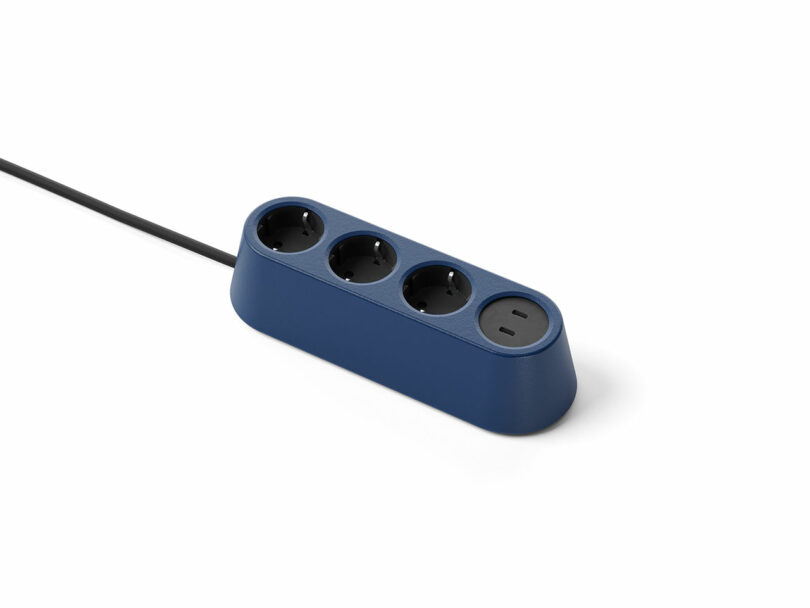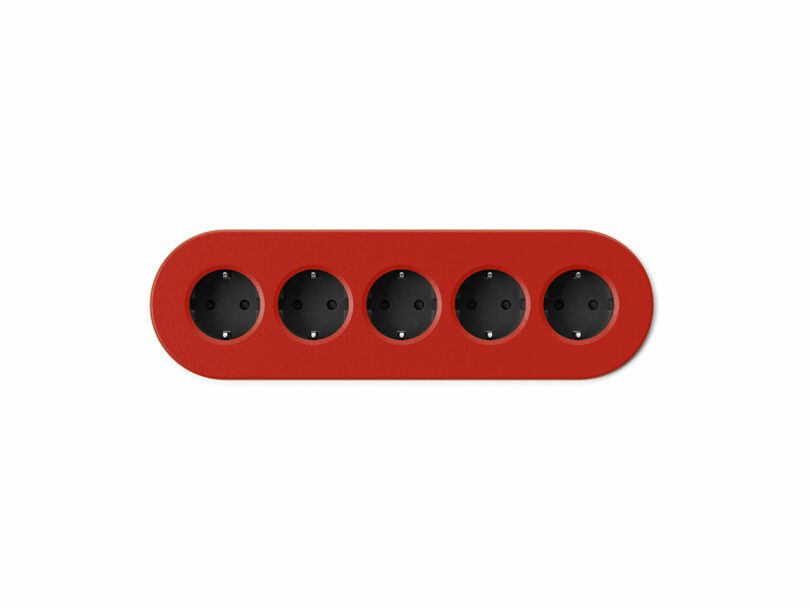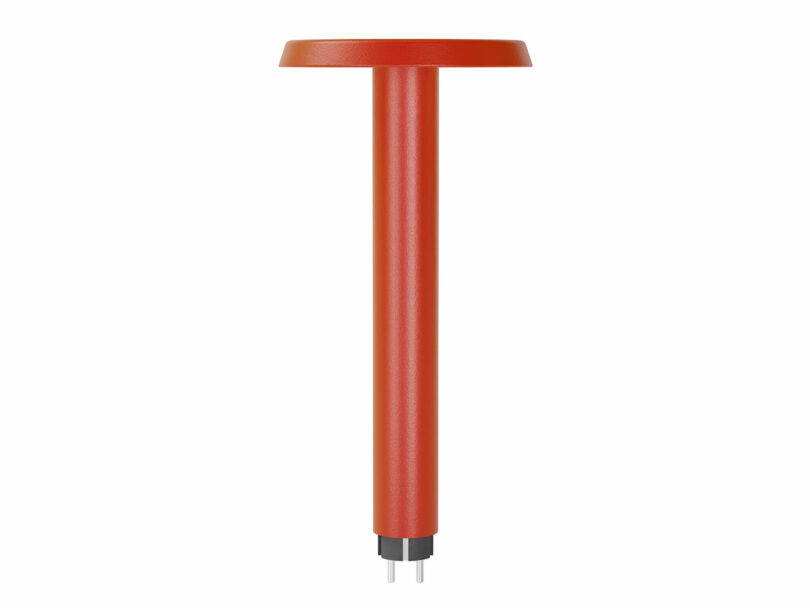Firefox is my web browser of choice. It does a lot of things right. In particular, with the uBlock Origin add-on, it’s got the best ad blocking you can get on desktop and Android.
Firefox is run by a charity, Mozilla. Unfortunately, the AI bros have found their way to the top of Mozilla. And over the past year, Firefox has been adding as much chatbot garbage as they can get away with.
In January, Mozilla AI product lead Jolie Huang posted about a great new extra feature in Firefox: [Mozilla]
after an initial soft launch, we’re gradually rolling out the AI Chatbot access to everyone.
They seeded the comments with Mozilla employees being really excited about the feature! The astroturf didn’t work. The users were not happy.
A lot of users pointed out the obvious thing — if you want to add a chatbot to Firefox, why not make it an … add-on? You could do all the chatbot stuff in Mozilla with add-ons. So people could opt in to using the chatbot. If you cared about user choice.
Finally this month, Mozilla got a new CEO, Anthony Enzor-Demeo. Anthony is a product manager with an MBA, not one of those programmers. What’s Anthony’s vision for Firefox? [Mozilla]
It will evolve into a modern AI browser.
Enzor-Demeo’s already done deals with Perplexity, and he’s got AI plans for the next three years.
Enzor-Demeo did a puff piece interview with the Verge, where he floated the idea of blocking ad blockers in Firefox. You could sure make money that way! [Verge]
He says he could begin to block ad blockers in Firefox and estimates that’d bring in another $150 million, but he doesn’t want to do that.
Enzor-Demeo has been running the Firefox team for the last year. The AI stuff is his doing. And we’ve experienced his attitude to user consent. When Anthony says he definitely won’t do something, he means “maybe later”. So we should expect Firefox to break the adblockers some time next year.
Firefox has heard the backlash to the CEO’s comments — that is, everyone hates this. So they sent Jake Archibald, a Developer Relations guy — a job title that means PR damage control — to reassure us that Mozilla’s going to make AI opt-in! And they’ll put in an AI kill switch!
Now, you might think for two seconds and go “if it’s opt in … why do I need a kill switch?”
And you’re right to think that! Because here’s Jake asking, well, what does opt-in mean, really, when you think about it? [Bluesky, archive]
I’ve spoken to a lot of folks about what counts as opt-in. Some say a toolbar button that does nothing until pressed is opt-in. Some say the only acceptable opt-in is a build-time flag that would need manually compiled. So it’s a grey area.
That’s the words of a guy you need to watch your drink around.
Well, if you don’t like all this rat poop in your food, you can just pick it out! There’s a pile of browser settings. They’re in the hidden settings, under about:config, which Firefox warns you not to touch. You search on “browser.ml” and you disable them all.
So guess what Mozilla did? When you update Firefox, it re-enables the AI! And if you disable the AI again, it re-enables it again next update! Choose correctly, user!
Jake also made out he didn’t know about the AI switching itself back on with every update. He’s lying. The users have been yelling about it for months. He knows.
Meanwhile, Firefox updates, and deploys another new AI feature — “Use AI to suggest tabs.” A perfect dumb AI feature, when you have no idea what to do with the chatbot and make up something to solve a problem that doesn’t exist. But guess what? Firefox defaults it to enabled! Very opt-in! [Bluesky]
Firefox has fallen to AI brain rot. But David — what can we do? Is there something we can use instead of Firefox or Chrome?
No. Your alternatives all suck. There’s two browser engines that work — Chrome and Firefox. They’re your choices.
Anything Chrome-based has bad adblocking, because Google made it that way. Look up Manifest v3, which Google added to Chrome to sabotage ad blockers.
The least-worst of the Chrome reskins is Vivaldi, which has no AI. It has its own adblocker, but it’s not as good a blocker as FIrefox with uBlock Origin. And Vivaldi’s not open source. But they’re relatively non-evil.
I’m going to get a bunch of gullible fools recommending Brave. Brave was founded by Brendan Eich, the inventor of JavaScript, after he was kicked out of Mozilla for being a massive homophobe. Brave is into weird cryptocurrency nonsense and I’ve written up their dodgy behaviours in the past. Brave also has a whole webpage about how much they love AI. So Brave is not the non-AI option. Stop recommending people use Brave. [Brave]
Some bozo’s going to say Ladybird, which is an unfinished experimental browser that doesn’t work. Project leader Andreas Kling has a number of bad opinions, like his endorsement of the white replacement conspiracy theory. [Twitter]
But almost as bad, Kling vibe-codes Ladybird with Copilot. Yeah, Ladybird’s going to go great. Feel the vibe shift. [YouTube]
Servo’s another unfinished experimental browser. Servo is progressing well, but it doesn’t work yet either. Send them some money. But they’re not a browser yet. [Servo]
So what I’m actually going to do is stay on Firefox until the AI is intolerable. Then I’ll move to one of the spinoffs.
If you cannot tolerate the AI in Firefox, there’s a lot of good and noble spinoffs of Firefox, like Librewolf and Waterfox, or IronFox on Android.
All of these three have stated very loudly they’re not using generative AI. They don’t have the resources to run a whole browser engine, so they still depend on Firefox. But they seem pretty nice.
On my phone, I stick to Firefox with uBlock Origin. It’s the best mobile browser with ad blocking. Even gets the YouTube ads. If you watch Pivot to AI with uBlock Origin, feel free to drop me some pennies if you have any.











